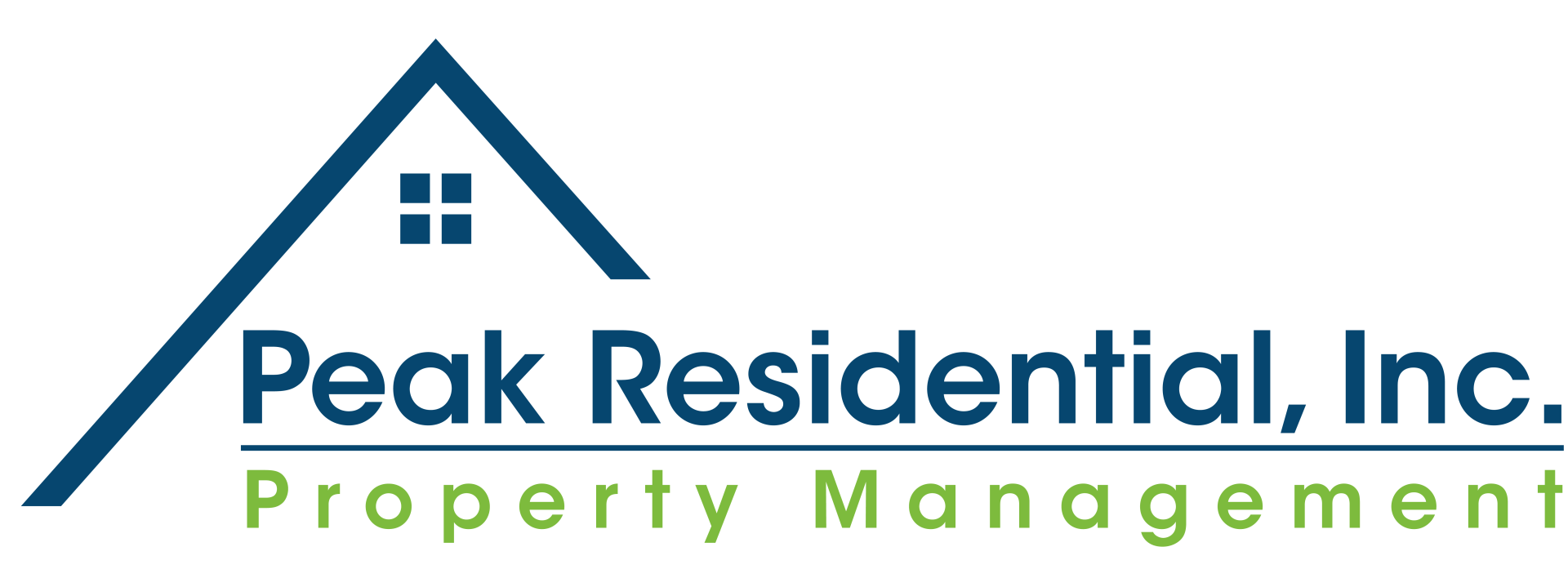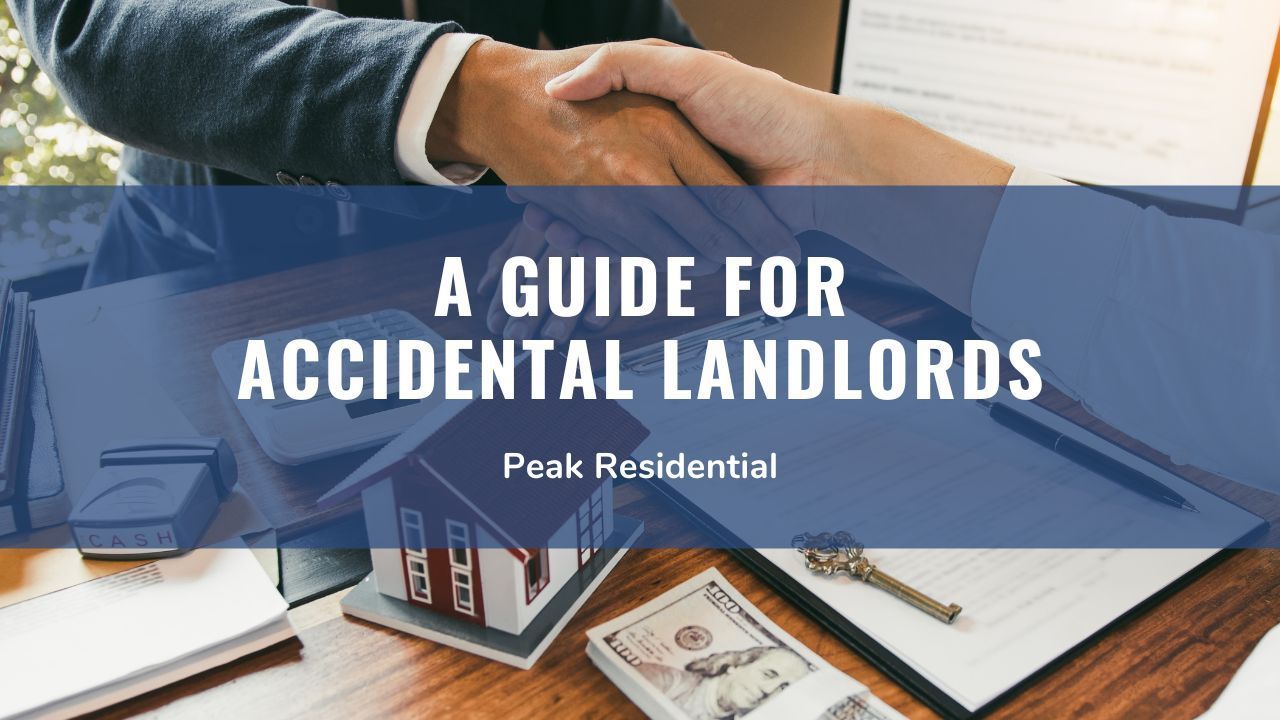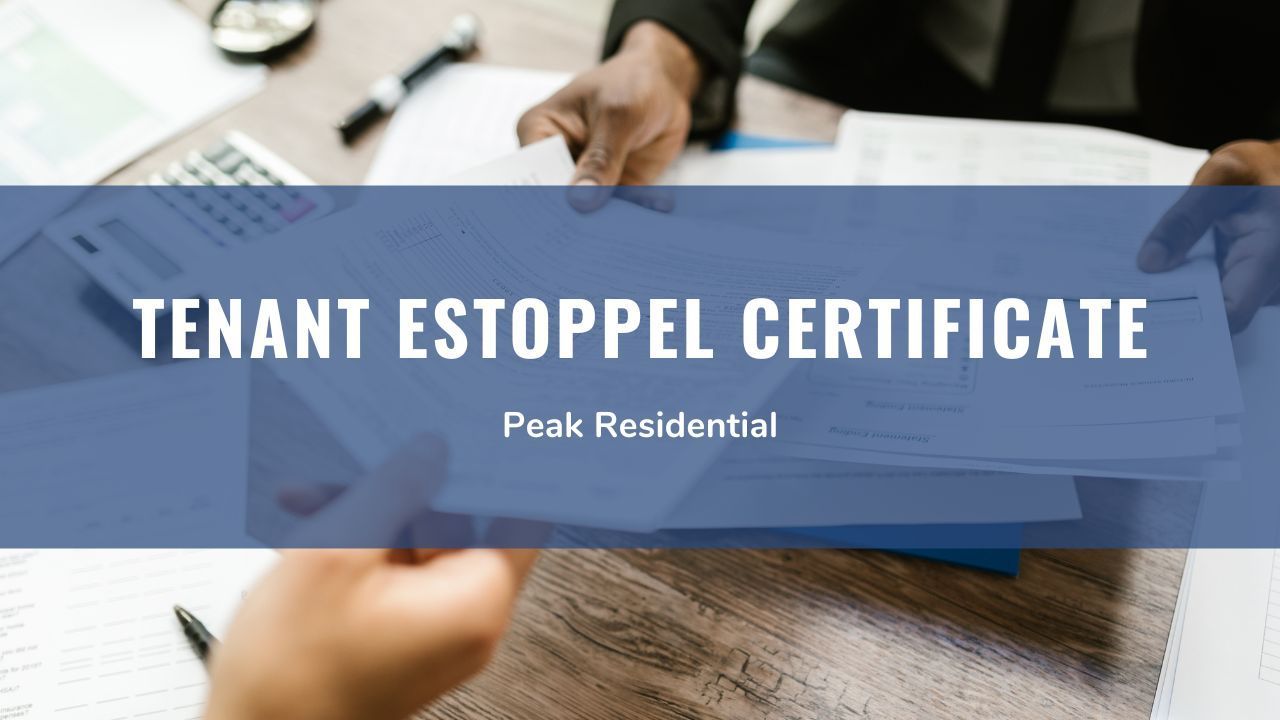Key Takeaways
- Measure What Matters: Tracking essential KPIs like occupancy rate, NOI, and cash flow helps Sacramento landlords understand true performance—not just income and expenses.
- Identify and Fix Inefficiencies: Regular benchmarking highlights problem areas such as high turnover or rising expenses, enabling smarter decisions that protect profitability.
- Stay Competitive in Sacramento’s Market: By comparing property performance to local standards, landlords can adjust pricing, marketing, and maintenance strategies to stay ahead.
- Partner for Success: With expert guidance from Peak Residential, landlords gain the data-driven insights and management support needed to strengthen returns and grow their portfolios.
Ever wondered why some landlords consistently see better returns while others struggle to keep up, even in the same market? The secret often lies in how effectively they measure performance. Benchmarking your rental properties isn’t just about knowing your rental income and expenses; it’s about understanding how your investments truly stack up against industry standards.
By tracking the right KPIs, you can spot inefficiencies, uncover growth opportunities, and make smarter financial decisions that protect and expand your portfolio. For investors in Sacramento,
Peak Residential offers valuable insights and management expertise that help landlords use these metrics to strengthen performance and stay ahead in a competitive rental market.
Essential KPIs to Track for Sacramento Rental Success
For landlords in Sacramento, monitoring the right KPIs ensures your properties perform at their best. These metrics help evaluate income, expenses, resident retention, and growth opportunities while staying compliant with local regulations.
Here are 8 key KPIs every landlord should use to benchmark rental properties effectively:
1. Occupancy Rate
Keeping track of how often your rental properties are occupied is essential for maximizing profitability in Sacramento’s competitive market. A consistently high occupancy rate indicates that your units are attractive to residents and that your marketing and pricing strategies are effective.
Lower occupancy signals potential issues, such as outdated amenities, uncompetitive rents, or ineffective advertising. By focusing on this metric, landlords can reduce vacancy periods, minimize lost income, and ensure Sacramento investments remain stable and appealing to residents year-round.

2. Gross Rental Yield
Gross rental yield compares your property’s annual rental income to its current market value, providing a snapshot of overall profitability. In Sacramento, understanding this number helps landlords see how each property contributes to their portfolio and informs better investment decisions.
Monitoring gross yield allows landlords to evaluate rent levels and property performance against market standards. If the yield is lower than expected, adjustments to rent, marketing, or property improvements can help ensure your Sacramento rentals remain financially competitive and generate reliable returns.
3. Net Operating Income (NOI)
Net Operating Income measures the income your property generates after deducting operating expenses, excluding mortgage payments. For Sacramento landlords, this KPI reveals the true earning potential of each unit and highlights which properties provide the most financial value.
Regularly tracking NOI helps identify high-cost areas and opportunities to improve efficiency. It also supports informed decisions about property upgrades, budgeting, and long-term investment strategies while ensuring compliance with California’s landlord-tenant regulations and maintaining a positive experience for residents.
4. Cash Flow
Cash flow represents the money left after all property-related expenses, including mortgage payments, insurance, utilities, and maintenance. Positive cash flow ensures your Sacramento properties generate profit consistently, allowing you to cover unexpected costs and invest in growth.
By monitoring cash flow, landlords can pinpoint which units are most profitable and make strategic adjustments to rent or expenses. Maintaining steady cash flow provides financial stability, supports expansion of your Sacramento portfolio, and ensures residents enjoy well-maintained, reliable housing options.

5. Expense Ratio
The expense ratio measures how much of your rental income goes toward operating costs, helping Sacramento landlords understand the efficiency of each property. Keeping this ratio in check ensures you’re not overspending on maintenance, utilities, or management services, which can erode profits.
Monitoring expense ratios regularly allows landlords to identify areas where costs can be reduced without sacrificing resident satisfaction. Efficiently managed expenses improve overall returns and make it easier to plan for property upgrades, ensuring your Sacramento investments remain profitable and competitive in the local
rental market.
6. Resident Turnover Rate
Resident turnover rate tracks how often residents move out of your units, providing insight into satisfaction and retention. In Sacramento, where housing laws emphasize fairness and habitability, high turnover can lead to additional costs and vacancy periods that affect your bottom line.
By keeping turnover low, landlords can reduce advertising, cleaning, and maintenance costs associated with new move-ins. Tracking this KPI also helps you implement strategies that improve resident retention, such as responsive communication and timely property updates, strengthening long-term profitability for Sacramento rental properties.
7. Capitalization Rate (Cap Rate)
Cap rate evaluates the potential return on your investment by comparing net operating income to property value. For Sacramento landlords, this KPI helps determine if a property is a strong investment and allows comparisons across different units or neighborhoods.
Regularly calculating cap rates supports informed purchase or sale decisions, ensuring each property aligns with your financial goals. Monitoring this metric helps landlords identify high-performing units, adjust strategies, and maintain a balanced Sacramento portfolio that delivers consistent returns over time.

8. Maintenance Cost Per Unit
Tracking maintenance costs per unit gives landlords a clear picture of ongoing expenses required to keep properties in good condition. In Sacramento, where habitability standards are strict, staying on top of maintenance protects both your investment and resident satisfaction.
Understanding these costs allows landlords to budget effectively and make strategic improvements without overspending. By monitoring maintenance closely, you can maintain quality housing, reduce emergency repairs, and enhance long-term profitability, ensuring your Sacramento properties remain attractive and well-managed for residents.
Bottom Line
Benchmarking your rental properties using the right KPIs is key to understanding performance and boosting profitability. Peak Residential in Sacramento helps landlords track these metrics, optimize cash flow, and improve resident retention, ensuring each property reaches its full potential.
With personalized strategies and hands-on support, Peak Residential can guide you through every step of managing and growing your portfolio. Reach out today to discuss your options and discover what approach will be right for your Sacramento rental investments.
















